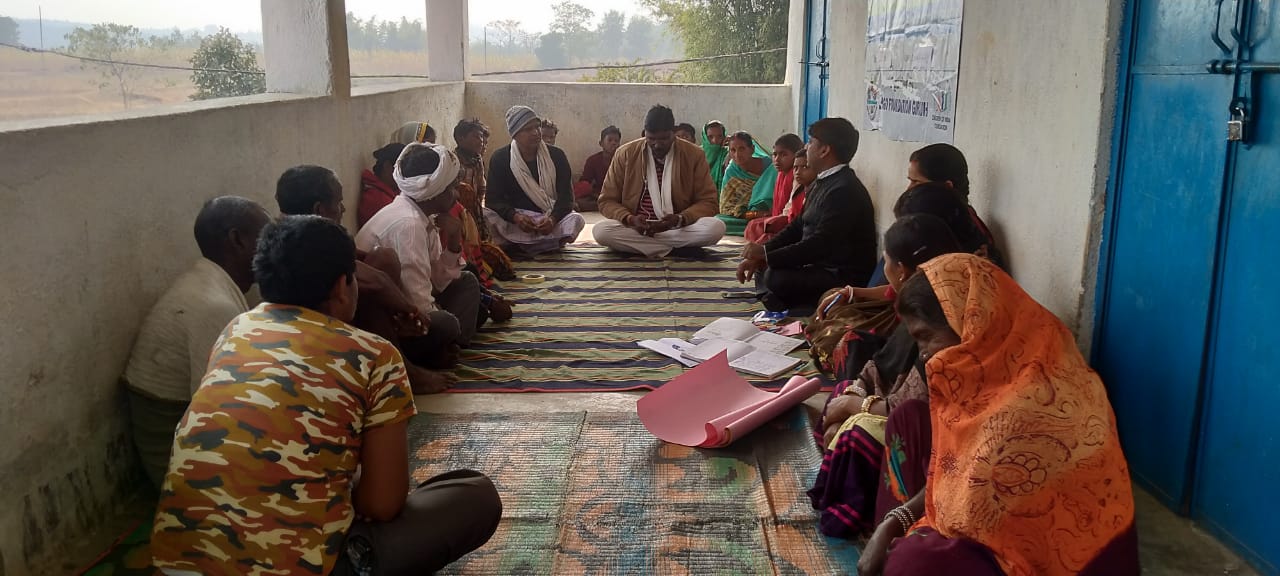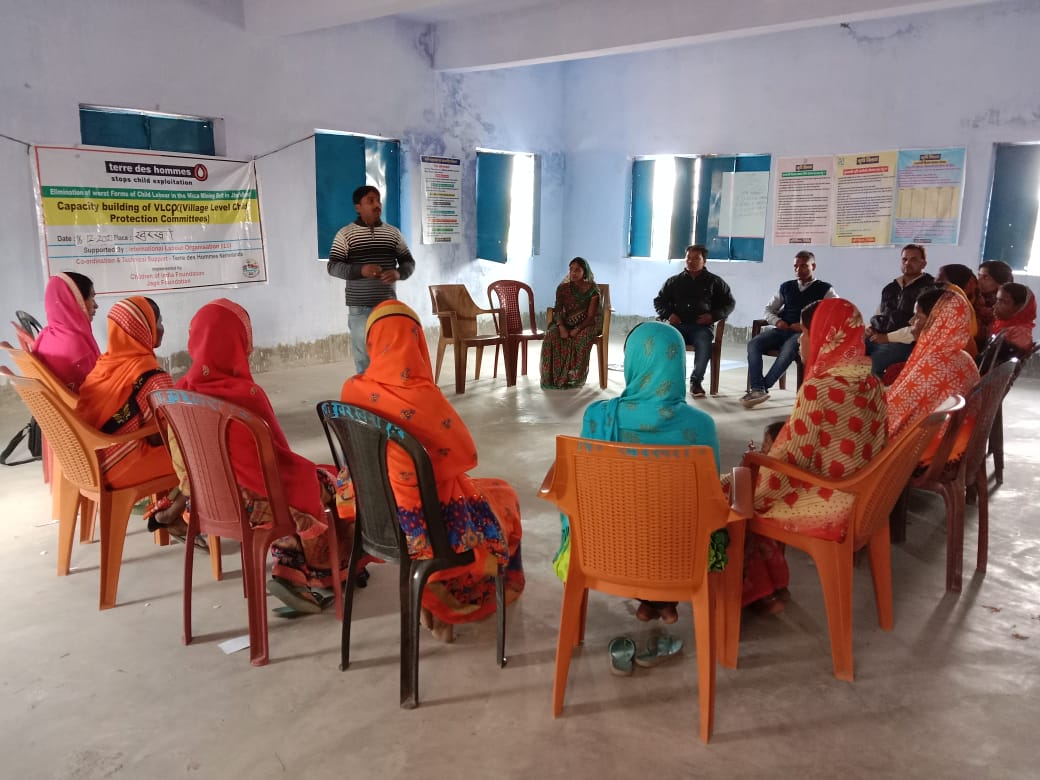Besides the fact that they live in Jharkhand, there is another common factor between Varun*, Sahela* and Manvi*. All of them had to drop out of school and start working in nearby Mica mines to help their families afford two meals per day.
According to a June 2021 UNICEF* report, nearly 28% of children aged 5 to 11 and 35% of children aged 12 to 14 in child labour are out of school in India. The closure of schools and the economic crisis triggered by the pandemic plunged vulnerable families deeper into poverty. This gave birth to more child labour and child marriage cases.
Children of India Foundation’s Mica Project works to empower the victims of child labour exploited in the mica belt of Jharkhand state. Project staff noticed the rise in the number of child labourers during the lockdown period. In January 2022, the staff organised meetings at various levels to raise awareness about the issue alongside concerned authorities.
Mica Project staff first organised a meeting with the School Management Committees which was attended by 22 school authorities, 52 Panchayat members and 44 local community members. The agenda for the meeting included discussing strategies on identifying the children at the risk of getting dropped out, ensuring 100% school enrollment and continuity of informal educational activities like Balmanch (children’s clubs) group meetings and learning centres visits.

Another meeting was organised in the same month with 22 Village Level Child Protection Committee members which were attended by 22 Anganwadi workers, 38 Panchayat members and 22 community members. The meetings emphasised the roles and responsibilities of the committee in the identification of child protection concerns and girls at risk of child marriage. The staff also spread awareness with the attendees about the new rules and regulations concerning the increased legal age of marriage for girls from 18 years to 21 years.
Ensuring that the authorities are part of the strategy is vital in turning the tables of child labour. The SMC and the VLCPC in the project’s operational villages are very influential in the local communities.

Though several children have been pushed into exploitation, there is much hope for a child-labour free future as the MICA project continues to intervene and work with those in power. Their collective action can bring a much-needed change and give these children a happy and empowering childhood.
*name changed to protect the identity
*https://www.unicef.org/india/press-releases/child-labour-rises-160-million-first-increase-two-decades
Written by Vaishnavi Gupta
Communications Associate
